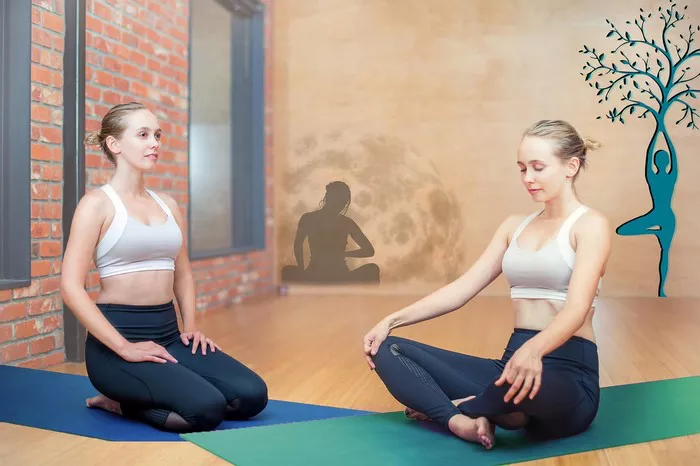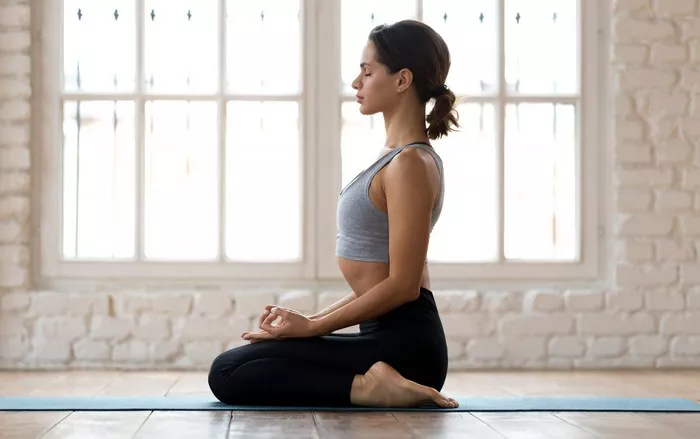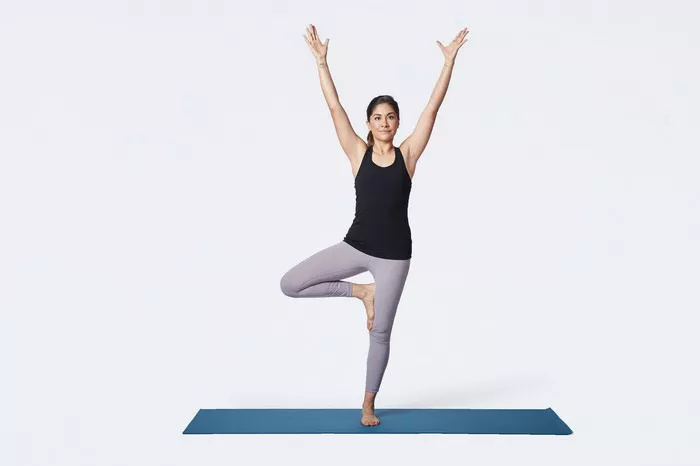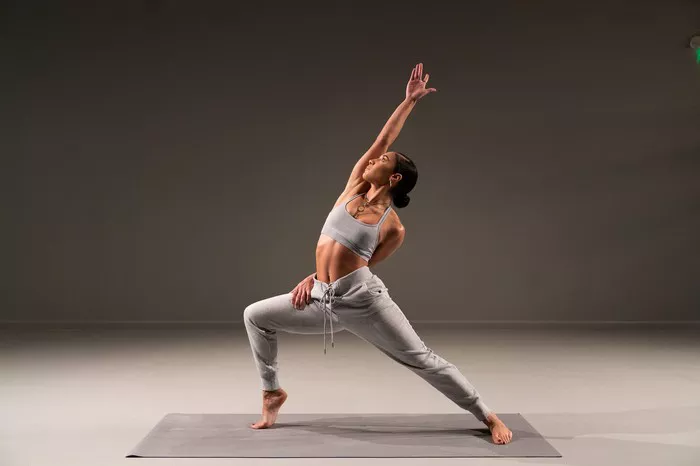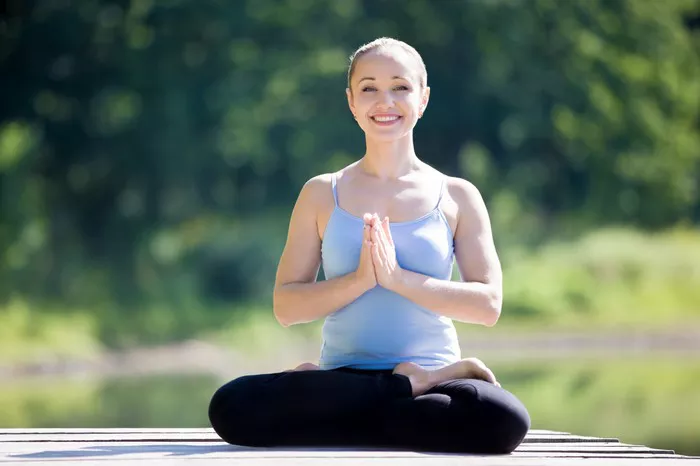Ashtanga Yoga, a dynamic and structured system of yoga, has become increasingly popular worldwide. Developed by Sri K. Pattabhi Jois in the 20th century, Ashtanga Yoga is known for its set sequence of postures performed in a specific order, synchronized with breath. The primary series, known as “Yoga Chikitsa,” serves as the foundation of Ashtanga practice, focusing on building strength, flexibility, and stamina. But is the Ashtanga Primary Series suitable for beginners? The short answer is, it depends. Let’s dive into the details to understand the challenges and benefits for those new to yoga and whether the Primary Series is an appropriate entry point into this rigorous practice.
What Is Ashtanga Yoga?
Before discussing the suitability of Ashtanga’s Primary Series for beginners, it’s important to understand the core principles of Ashtanga Yoga. Ashtanga is based on the eight-limbed path of yoga, as outlined by the sage Patanjali in the “Yoga Sutras.” These limbs guide practitioners in cultivating physical discipline, mental focus, ethical behavior, and spiritual development. The system is designed to purify and strengthen both the body and the mind.
The eight limbs of Ashtanga Yoga are:
- Yama (ethical guidelines)
- Niyama (self-discipline)
- Asana (physical postures)
- Pranayama (breath control)
- Pratyahara (withdrawal of the senses)
- Dharana (concentration)
- Dhyana (meditation)
- Samadhi (union with the divine or the highest state of consciousness)
While the full system of Ashtanga Yoga includes all eight limbs, most people initially encounter the practice through the physical postures (Asana) and breathing techniques (Pranayama). The Primary Series, which focuses on purification and alignment, is the first of several sequences in the Ashtanga system.
The Structure of the Primary Series
The Ashtanga Primary Series consists of a fixed set of postures that are performed in a specific order. It’s a rigorous practice designed to build strength, flexibility, and endurance. Here’s a breakdown of what the Primary Series typically includes:
Sun Salutations (Surya Namaskar A & B) – A series of flowing movements that warm up the body and sync breath with movement.
Standing Postures – These postures help to develop strength, balance, and flexibility in the legs, hips, and spine.
Seated Postures – This section focuses on deepening flexibility, particularly in the hamstrings, hips, and spine. The seated postures also encourage focus and calm.
Backbends – A series of postures that increase flexibility and openness in the chest, spine, and shoulders.
Finishing Postures – These postures help to cool the body down and prepare for meditation and final relaxation.
Ashtanga is a “vinyasa” style of yoga, meaning that each movement is linked with a breath. It’s a dynamic flow that requires a steady, continuous movement from one posture to the next. This breath-synchronized movement helps practitioners develop internal heat (tapas), which purifies the body and mind.
The Primary Series: Who Is It For?
The Primary Series, with its intense and dynamic nature, might seem daunting for beginners. However, it’s crucial to understand that Ashtanga Yoga is not just for advanced practitioners. In fact, the Primary Series was designed to be accessible to all, providing a framework that can be adapted to suit different levels of practice.
In terms of physical challenge, the Primary Series is designed to progressively build strength, flexibility, and endurance. It’s a comprehensive approach that focuses on overall body conditioning. Beginners can start slow, modifying postures, and building up stamina over time. That said, there are specific considerations when approaching the Primary Series as a beginner.
Is the Ashtanga Primary Series Suitable for Beginners?
While the Primary Series offers numerous benefits, beginners may find it challenging due to its intensity and the physical demands of the sequence. The series includes demanding postures that require strength, flexibility, and stamina, which may not be fully developed in a new practitioner. However, there are several factors to consider when determining whether Ashtanga’s Primary Series is appropriate for beginners.
1. Pacing and Modification
Ashtanga Yoga is often considered a rigorous and fast-paced practice. However, a key benefit is that it can be modified to suit the needs of the individual practitioner. Beginners can work with modifications to make the postures more accessible. For instance, in poses like Adho Mukha Svanasana (Downward-Facing Dog) or Chaturanga Dandasana (Four-Limbed Staff Pose), beginners can use props like blocks, bend the knees, or practice with reduced intensity.
In Ashtanga, the practice is based on repetition. Beginners may initially struggle with performing the postures perfectly, but through consistent practice, the body becomes more accustomed to the movements, and stamina builds over time. The key is to practice at your own pace and listen to your body.
2. Building Foundation Through Core Strength
One of the main challenges of the Primary Series is its demand on core strength, particularly in postures like Navasana (Boat Pose) and Utkatasana (Chair Pose). These require substantial abdominal strength, which may not be present in beginners. However, by focusing on building core strength over time, even beginners can build the necessary muscle to complete these postures. In the early stages, using modifications such as lowering the legs in Boat Pose can help support the journey.
3. Breath Synchronization
The breath plays a central role in Ashtanga practice. Each movement is linked to a specific inhalation or exhalation, which creates a rhythm for the practice. Beginners may find it difficult to synchronize breath with movement at first. However, the key is to practice mindfulness of the breath rather than aiming for perfect synchronization from the very beginning. With time and regular practice, breath awareness improves, making the flow of the practice smoother and more natural.
4. Mental Focus and Discipline
Ashtanga Yoga is a mentally demanding practice. It requires focus, discipline, and patience. For beginners, this mental aspect may be just as challenging as the physical postures. Learning to stay present and focused in the practice, even through discomfort, is an essential skill that is developed over time. While the physical postures can be intense, the mental calm achieved through breath and mindfulness can be equally powerful.
5. Guided or Self-Practice
Traditionally, Ashtanga Yoga is taught through “Mysore Style” classes, where students practice the sequence independently at their own pace, while the teacher provides individual guidance. This style allows beginners to practice within their own limits, receive one-on-one attention, and progressively learn the series at their own pace. However, beginners who are new to yoga may find attending a Led Class, where the teacher calls out the postures in real-time, to be a more structured introduction to Ashtanga practice.
It’s important to note that in both Mysore and Led classes, a teacher will generally provide modifications, adjustments, and encouragement to ensure that practitioners stay safe and progress gradually.
6. Physical Readiness and Health Considerations
Ashtanga can be demanding on the body, particularly for those with little previous yoga experience. If you have pre-existing injuries or health concerns, it’s important to consult with a healthcare professional or an experienced yoga teacher before embarking on the Primary Series. Certain postures, such as deep backbends or inversions, may not be suitable for everyone, and modifications may be required to protect vulnerable areas of the body, such as the lower back, wrists, or shoulders.
Benefits for Beginners
Despite the challenges, Ashtanga’s Primary Series offers numerous benefits, even for beginners. Some of these benefits include:
Increased Strength and Flexibility: The sequence works all parts of the body, gradually improving strength, flexibility, and stamina. It particularly strengthens the core, arms, and legs while increasing flexibility in the hamstrings, hips, and spine.
Detoxification and Cleansing: The dynamic nature of the practice, combined with the breath work, creates internal heat, which helps detoxify the body by sweating and releasing toxins.
Improved Mental Focus and Discipline: The repetitive nature of the series and the breath synchronization can help calm the mind, promote focus, and cultivate a sense of inner discipline.
Physical and Mental Resilience: As the body and mind face challenges in the practice, beginners build resilience over time. This can lead to improved emotional stability, better stress management, and increased overall well-being.
Conclusion
While Ashtanga’s Primary Series may initially seem challenging for beginners, it offers numerous benefits for those who are willing to approach the practice with patience, humility, and consistency. Beginners can certainly practice the Primary Series, but it is essential to modify postures where needed, focus on breath awareness, and embrace the practice as a journey rather than a destination. With time, commitment, and proper guidance, beginners can progress through the series and enjoy the transformative physical, mental, and emotional benefits that Ashtanga Yoga has to offer.
Ultimately, Ashtanga Yoga is accessible to all levels of practitioners. If you’re a beginner looking to dive into this dynamic practice, it’s important to approach it with an open mind, start slow, and honor your body’s limits. By practicing regularly and listening to your body’s signals, you can safely and effectively build strength, flexibility, and mindfulness—qualities that will serve you well both on and off the mat.
Related topics:




